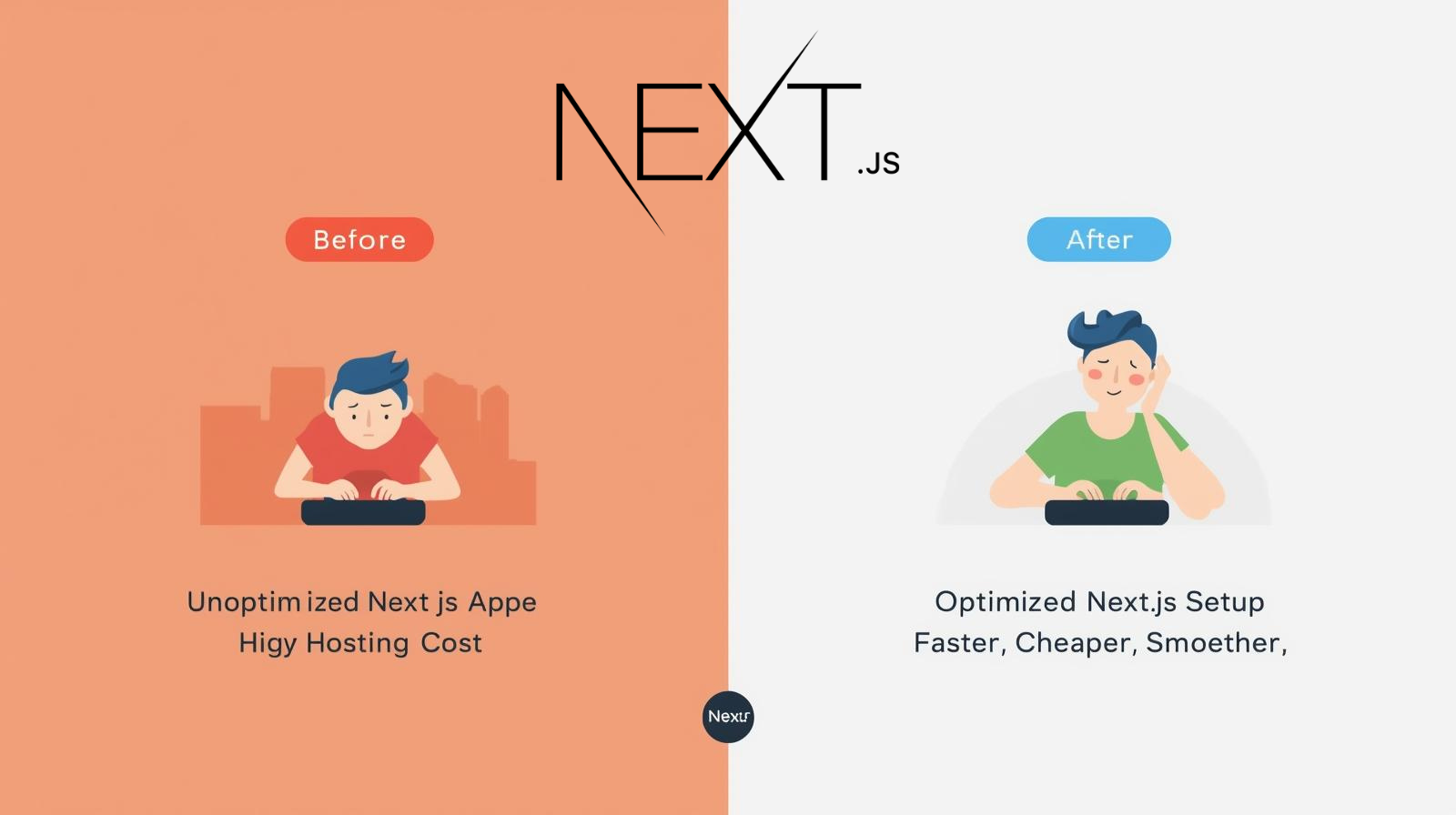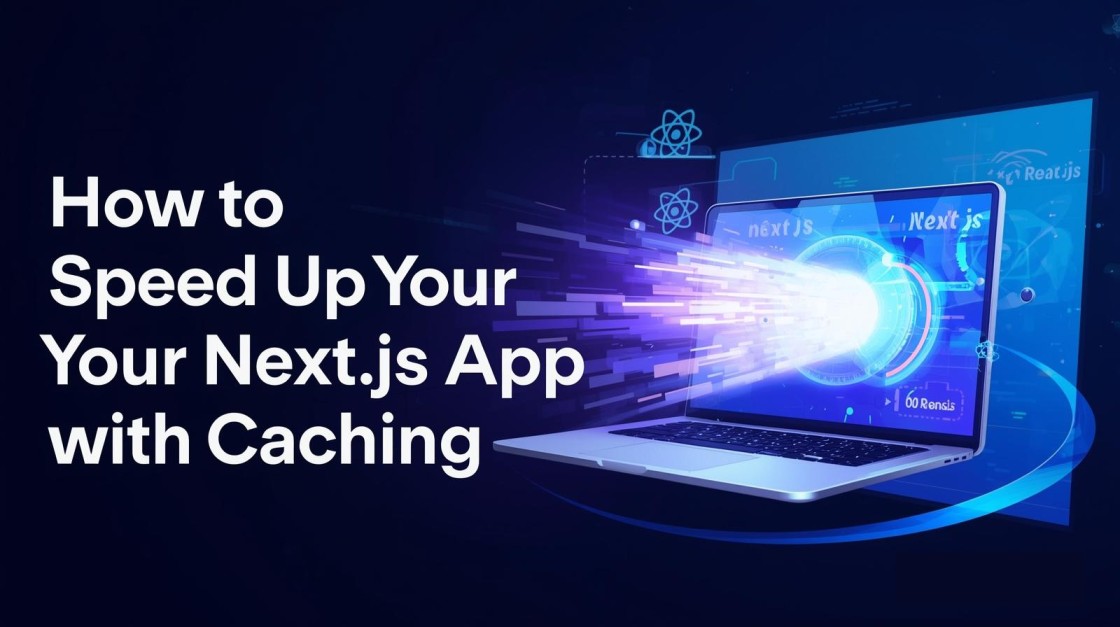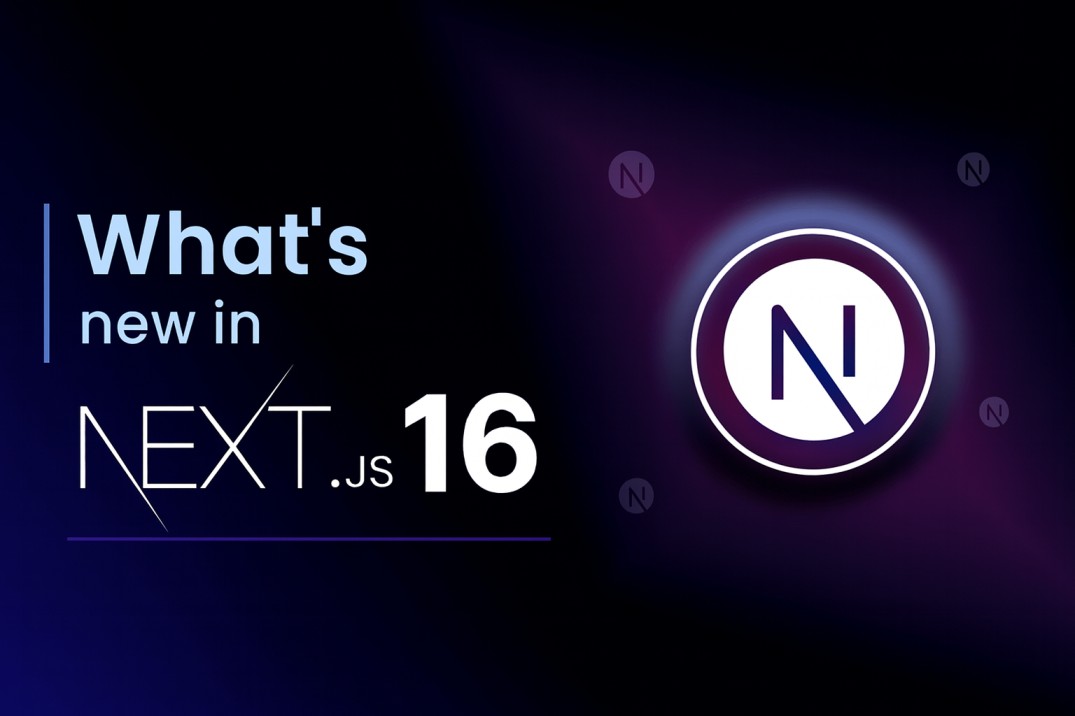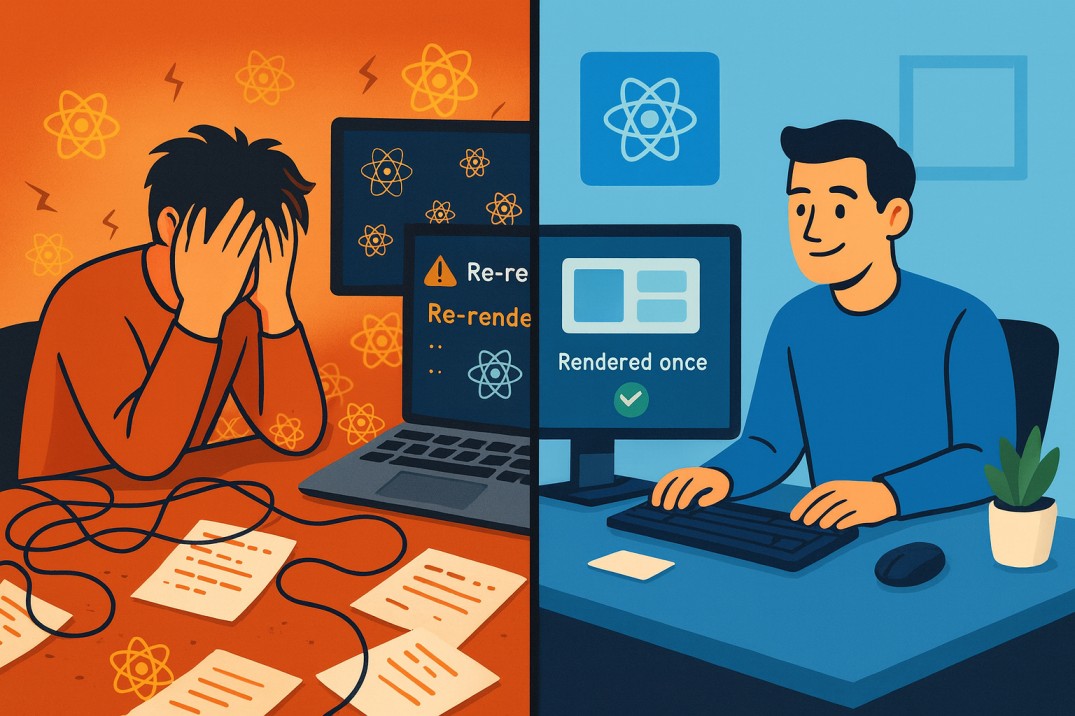What Are Docker and Kubernetes Simply Explained

If you’ve worked in software development or DevOps, you’ve likely heard about Docker and Kubernetes. These tools are used by many teams around the world, from small startups to large companies. But what exactly do they do, and why are they so popular?
Let’s walk through what Docker and Kubernetes are, how they work, and how companies like Netflix and Spotify use them in real projects.
What Are Docker and Kubernetes?
Let’s start with Docker.
Docker is a tool that helps you package your app and everything it needs (like libraries and tools) into something called a “container.” This container runs the same way no matter where you run it—on your laptop, a coworker’s computer, or a server in the cloud. It solves the common problem of “it works on my machine.”
Kubernetes (often called K8s) is a tool that helps manage many containers. You can think of it like a system manager. If you have several copies of your app running in containers, Kubernetes makes sure they stay running, starts new ones when needed, and restarts ones that crash.
Why Use Docker and Kubernetes?
People don’t use these tools just because they’re new. They solve real problems, like:
- Consistency: Your app runs the same way everywhere.
- Scaling: You can serve more users without big changes.
- Stability: If something fails, it restarts on its own.
- Efficiency: You can use system resources better.
A Real Example: How Netflix Uses Them
Netflix serves millions of users at the same time. To keep everything running well, they use containers and Kubernetes.
Here’s how:
1. Microservices
Instead of one large app, Netflix uses many small services. Each one does something specific like handling payments, showing recommendations, or playing videos. Each service runs inside its own container.
2. Using Docker
Each small service is packaged using Docker. This way, developers can update one service without affecting the rest. It also makes testing and deployment easier.
3. Managed by Kubernetes
Kubernetes takes care of running all the containers. If a show becomes very popular and more users start watching, Kubernetes starts more containers automatically to handle the load. If one container crashes, Kubernetes restarts it. This helps Netflix stay online, even during busy times.
Another Example: How Spotify Switched
Spotify also uses Docker and Kubernetes. They used to run their app using virtual machines, but that setup was harder to manage. Switching to containers made things smoother.
Here’s what changed for them:
- Faster Updates: Developers could push updates quicker.
- Lower Costs: Containers use fewer resources than virtual machines.
- Easier to Scale: It became simpler to handle more users when needed.
How You Can Use Them
Let’s say you’re building a small web app. Here’s how Docker and Kubernetes might fit into your process.
Step 1: Build Your App
You write your code, maybe using Python, Node.js, or another language.
Step 2: Create a Dockerfile
You write a simple file called a Dockerfile that tells Docker how to package your app. For example:
This tells Docker to use Python 3.9, copy your code, install your app’s dependencies, and run it.
Step 3: Build and Run the Container
Now you can run:
Your app now runs in a container, on any computer.
Step 4: Use Kubernetes for Production
When you’re ready to deploy your app online, you use Kubernetes to manage it. Here’s a basic configuration file:
This tells Kubernetes to run three copies of your app and restart any that fail.
New Use Cases
More and more companies are using Kubernetes in new ways:
- Edge Computing: Companies like Tesla update software in cars using containers deployed closer to users.
- Machine Learning: Teams use containers to train models quickly, running many jobs in parallel and stopping them when finished.
- Multi-Cloud: Kubernetes helps apps run across multiple cloud platforms and on-prem servers without extra setup.
Challenges and Solutions
Using Docker and Kubernetes does take some learning. Here are common challenges and how to handle them:
- It Can Be Complex: Start small. Use managed services like Google Kubernetes Engine (GKE) or AWS EKS.
- Security Risks: Make sure to scan your containers for known issues and avoid giving them too many permissions.
- Monitoring: With many containers running, it’s easy to lose track. Use tools like Prometheus or Grafana to keep an eye on your system.
Final Thoughts
Docker and Kubernetes are changing how apps are built and run. They help you package apps in a reliable way and run them smoothly across different machines. Whether you’re building a personal project or a large platform, they can help make your development process faster and more reliable.
You don’t need to be an expert to get started. Try creating a small app, containerize it with Docker, and experiment with Kubernetes. Over time, it’ll make deploying and managing your apps much easier.



